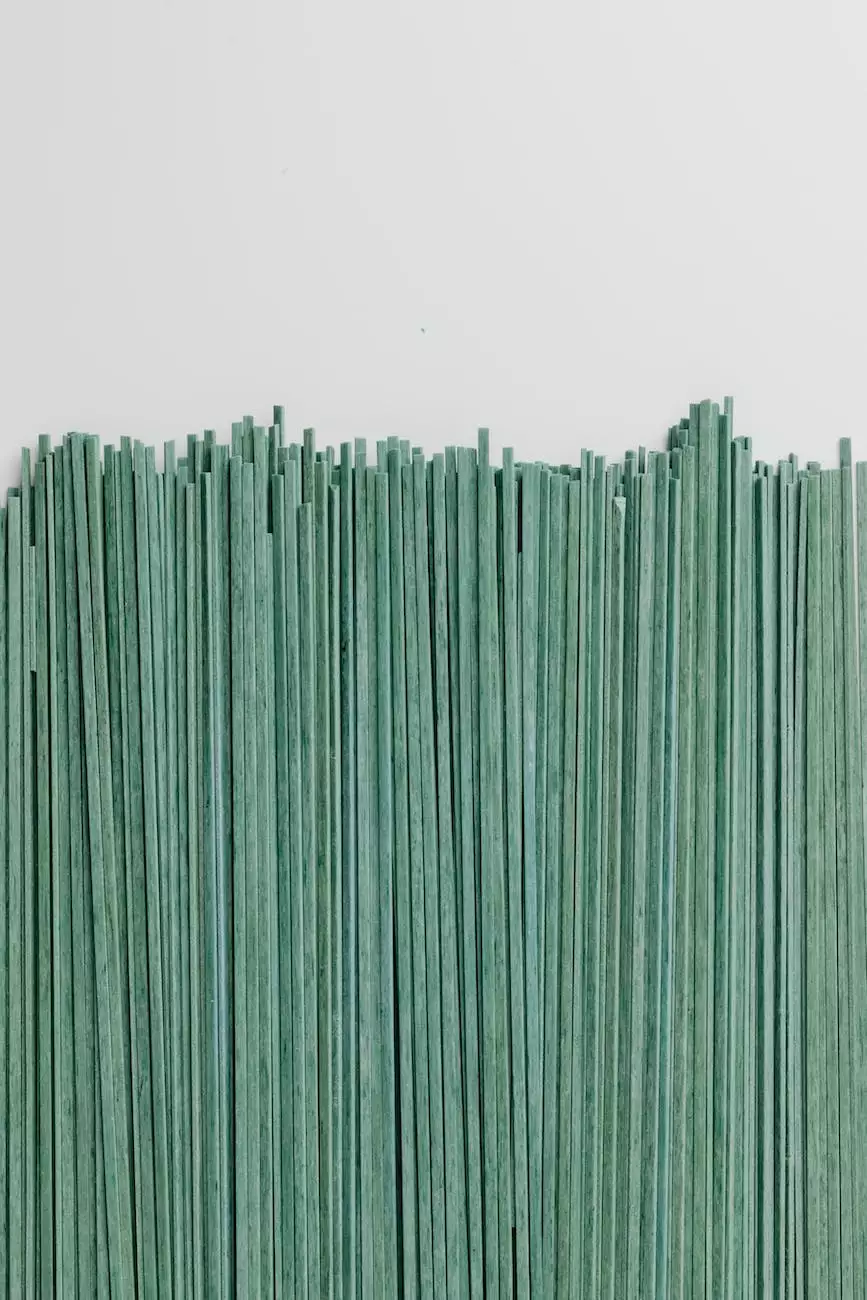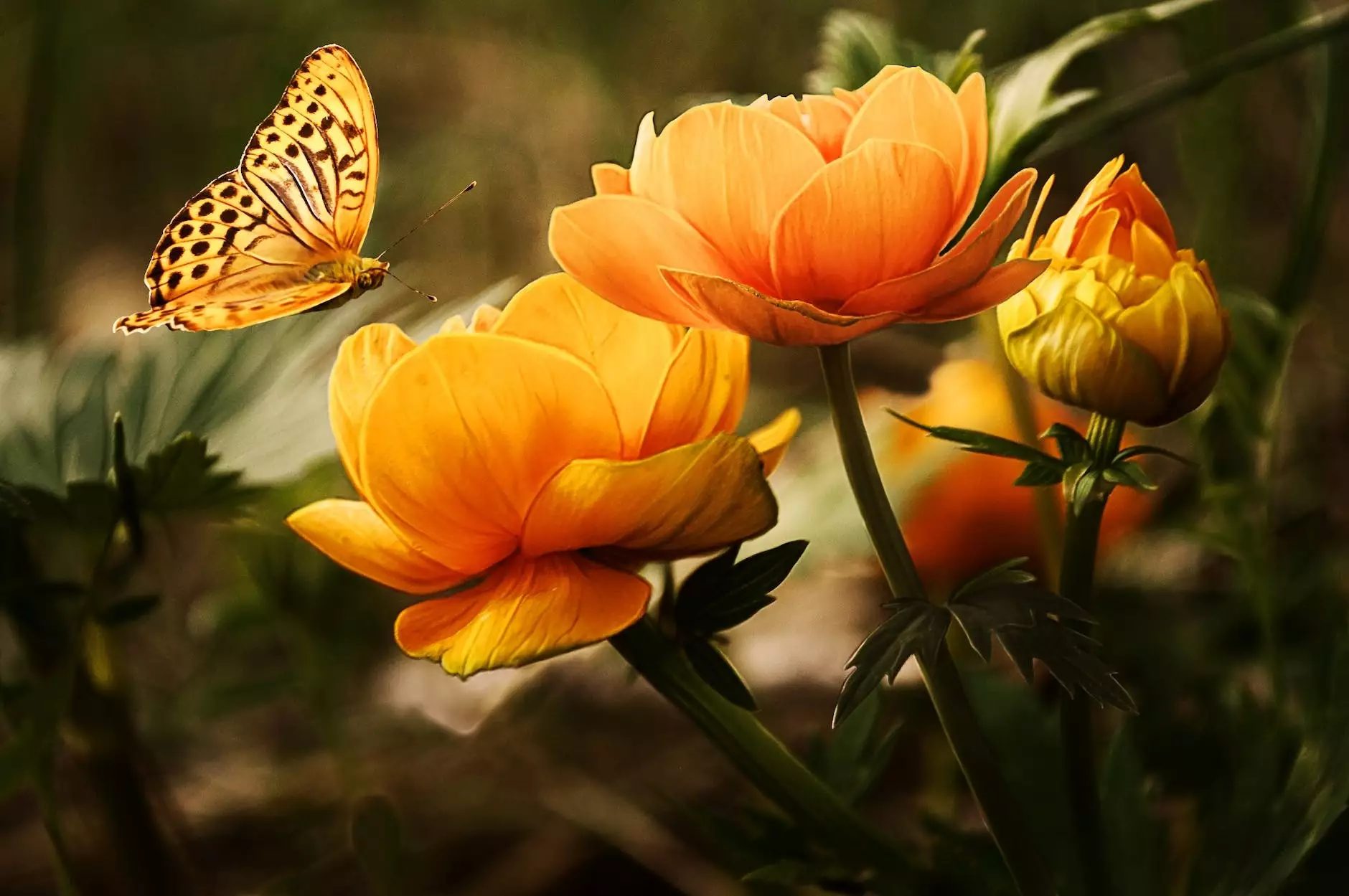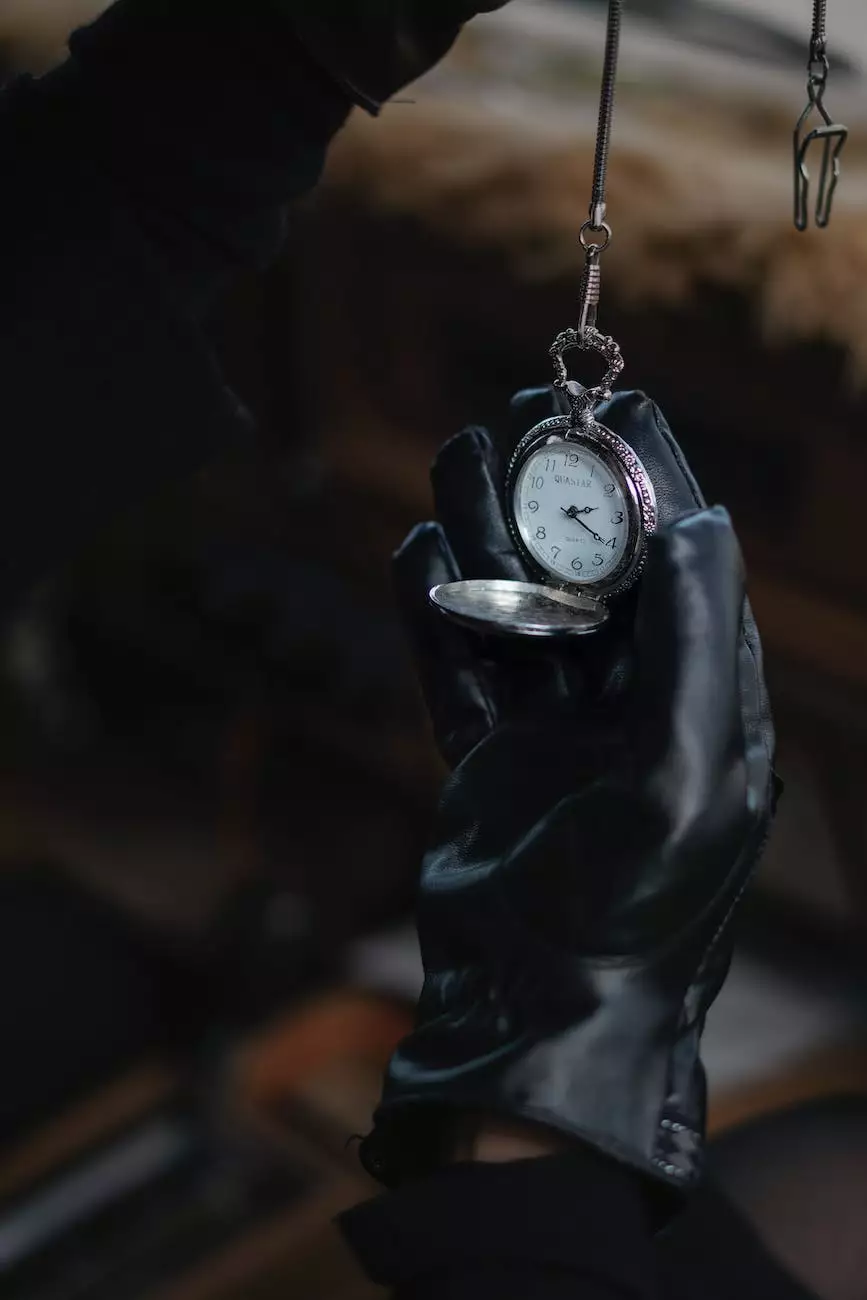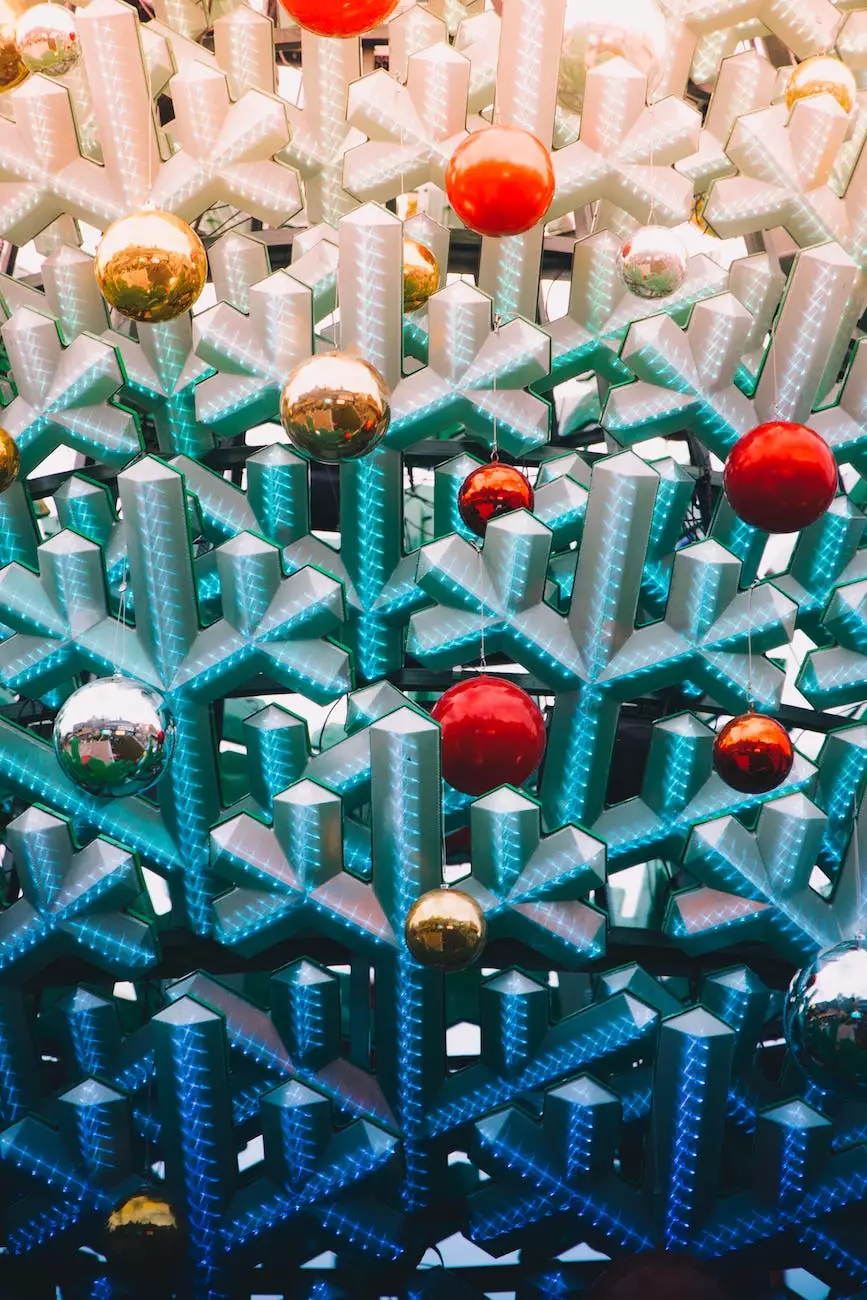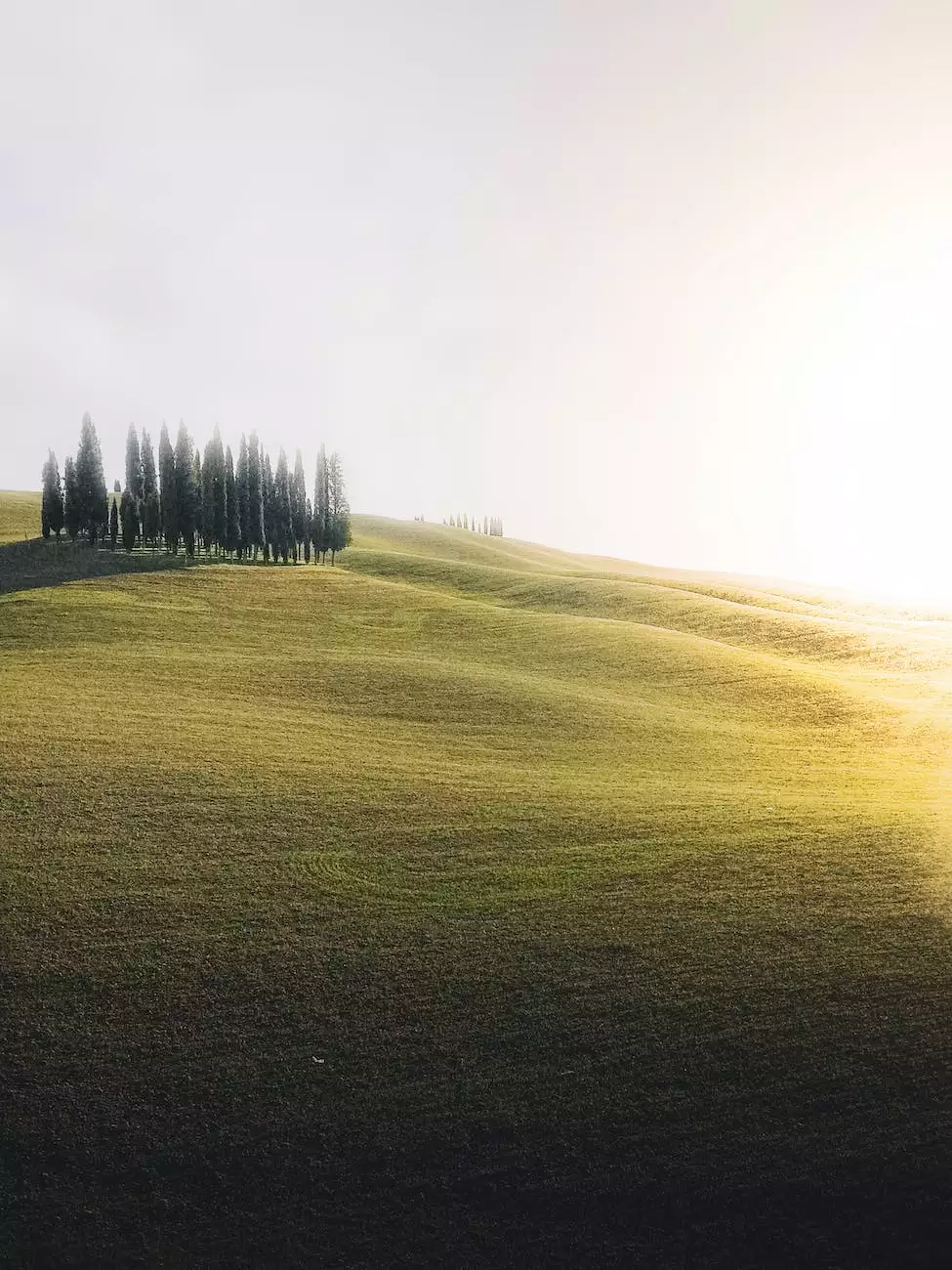Halloween + Day of the Dead, 3 Days of Tradition
Blog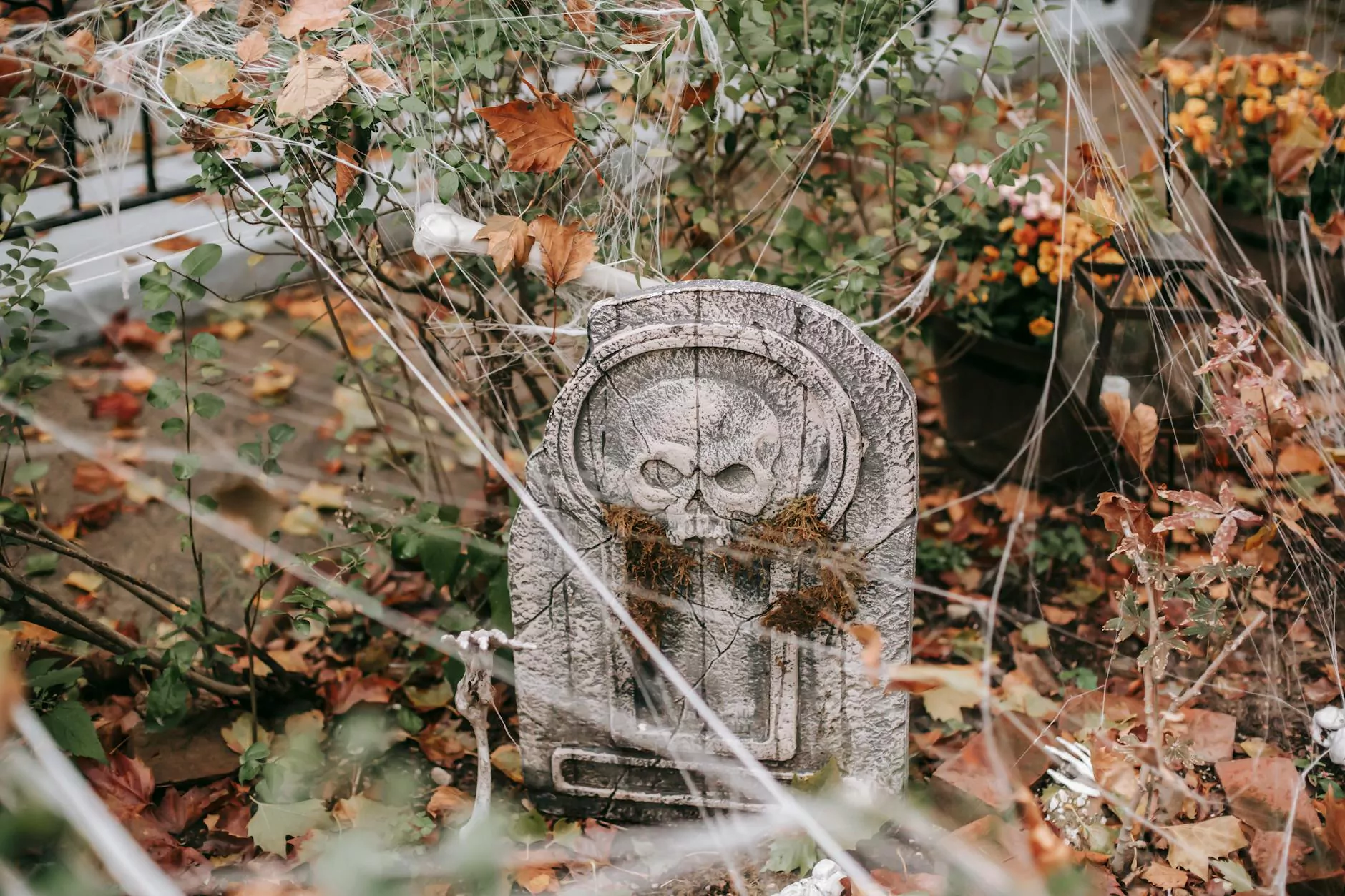
Introduction
Welcome to NJCLT, where we delve into the world of cultural celebrations and traditions. In this article, we'll explore the rich history and vibrant customs surrounding Halloween and Day of the Dead, both celebrated for three consecutive days. Join us on this journey as we uncover the fascinating origins and practices associated with these festivals.
Halloween: A Night of Mystery and Fun
Halloween, also known as All Hallows' Eve or Samhain, originated from ancient Celtic festivals and has evolved into a modern holiday celebrated on October 31st. The holiday is often associated with costumes, trick-or-treating, and carved pumpkins, but its roots run deep.
The Origins of Halloween
Samhain, a Gaelic festival, marked the end of the harvest season and the beginning of winter in the northern hemisphere. It was believed that on the night of Samhain, the boundary between the living and spirit worlds blurred, allowing spirits to roam freely on Earth.
Halloween Traditions
Many Halloween traditions have persisted through the centuries. Dressing up in costumes can be traced back to the ancient practice of disguising oneself to ward off evil spirits. The tradition of trick-or-treating is believed to have originated from the medieval custom of offering prayers for the souls of the dead in exchange for food or money. Finally, the carving of pumpkins, known as jack-o'-lanterns, is said to represent the practice of warding off evil spirits.
Halloween Around the World
Although Halloween is most commonly associated with North America, the holiday is celebrated in various forms worldwide. In Mexico, Halloween coincides with Day of the Dead, creating a unique blend of festivities known as the Calavera Catrina. In Ireland, the birthplace of Halloween, the holiday is celebrated with traditional bonfires and storytelling. Understanding the global reach of Halloween helps us appreciate the diverse customs and practices associated with this festive season.
Day of the Dead: Honoring Ancestral Spirits
Day of the Dead, or Día de los Muertos, is a Mexican holiday celebrated from October 31st to November 2nd. Contrary to its name, this celebration is a joyful commemoration of deceased loved ones rather than a day of sorrow.
Origin and Significance
Day of the Dead has strong pre-Hispanic roots and traces back thousands of years to indigenous cultures such as the Aztecs. It combines elements of ancient Mesoamerican beliefs and Catholicism to create a unique celebration that honors the deceased and celebrates life.
Elaborate Altars and Offerings
Central to the Day of the Dead tradition is the creation of altars, or "ofrendas," dedicated to departed family members. These altars are adorned with vibrant marigold flowers, photos of the deceased, favorite foods, and personal belongings. Families believe that the displays serve as a welcoming space for the spirits to visit and enjoy the offerings left for them. The aroma of copal incense, a traditional resin, fills the air and guides the spirits' journey.
Skulls and Sugar Skulls
One of the most recognizable symbols of Day of the Dead is the calavera, or skull. These colorful representations can be seen in artwork, costumes, and even as sweet, intricately decorated sugar skulls. The calavera serves as a reminder of the transient nature of life and the importance of cherishing each moment.
Mexican Traditions and Celebrations
Day of the Dead is deeply ingrained in Mexican culture, with festivities varying across different regions. In some areas, families gather in cemeteries to clean and decorate graves, creating a festive atmosphere. Parades and elaborate costumes contribute to the vibrant celebrations, showcasing the pride and love Mexicans have for their heritage.
The Universal Themes of Halloween and Day of the Dead
While Halloween and Day of the Dead have distinct origins and practices, both share common themes that unite people in celebration:
1. Remembering Loved Ones
Both holidays provide an opportunity to honor and remember deceased loved ones. Whether through lighting candles, creating altars, or sharing stories, the act of remembrance creates a sense of connection and keeps the memories alive.
2. Embracing the Spirit World
Both Halloween and Day of the Dead acknowledge the presence of spirits and embrace the idea that the barrier between the living and the dead is not impenetrable. This acceptance allows for a celebration that blurs the line between the physical and spiritual realms.
3. Celebrating Life Amidst Darkness
Both holidays take place during a time traditionally associated with darkness and the changing seasons. Halloween and Day of the Dead bring light, color, and celebration to these periods, symbolizing hope and the continuation of life amidst uncertainty.
Conclusion
Halloween and Day of the Dead are windows into the rich tapestry of human culture, offering a glimpse into centuries-old traditions that continue to evolve. NJCLT invites you to explore the depths of these festivals, understanding their historical significance, and appreciating the customs cherished by communities around the world. Embrace the spirit of these celebrations and discover the beauty that resides in our shared human experiences.



